Harvard professor, frequent author and legal scholar Cass R. Sunstein addresses choice, the topic of some of his previous books, including Republic.com and Nudge. He focuses on the architecture of choosing by addressing often-neglected aspects of choice, like the power of “default choices.” His prose and reasoning are exceptionally lucid. Sunstein discusses academic studies, theoretical concepts, practical examples and real-world applications. The result, despite a few repeating loops, provides an essential overview for anyone interested in decision making, as well as public policy, clear thinking and how people think. getAbstract recommends Sunstein’s rigor and imagination to those readers, and to leaders, marketers and social scientists.
Choice and Human Action
People like to choose. Part of what it means to be free is having the ability to choose for yourself. Yet, most people don’t have the time or attention to make conscious choices about everything. And, gathering enough information to make good choices can be expensive. Consciously making every choice in your life can overwhelm you. Sometimes you prefer to “choose not to choose.”
Some aspects of choice are “essentially timeless and universal”; others are specific to the times. Choice often relates to freedom and financial security. Being rich in a free society means you don’t have to think about some decisions, and you pay less for those you make. If you’re poor, you face more questions. That drains people and reduces their freedom.
“Choice Architects”
Your choices don’t take place in a vacuum – most of them occur within a “social context.” Any organization that requires its people to make choices – a business, a school, a government – must decide whether to support “active choosing” or to establish “default rules.” The people who make these crucial decisions are choice architects. They use “choice architecture” to shape how, if, ...
Harvard professor Cass R. Sunstein – author of Going to Extremes, Simpler, Nudge and other books – ran the White House Office of Information and Regulatory Affairs from 2009 to 2012.









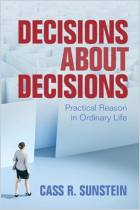
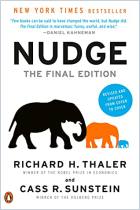

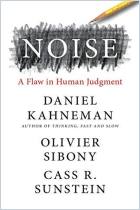
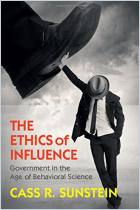
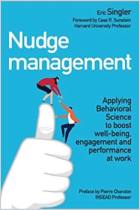
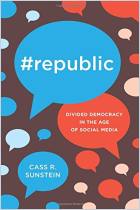
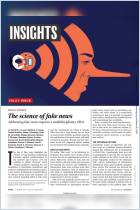
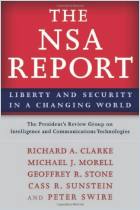
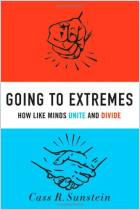
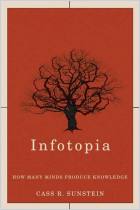
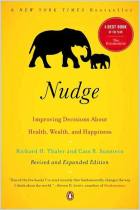
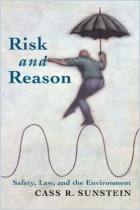
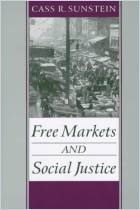

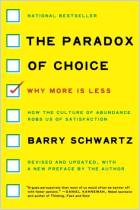
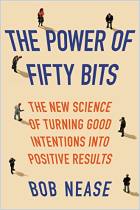
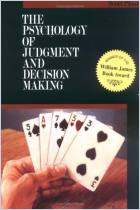
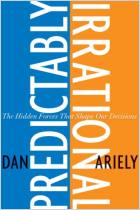
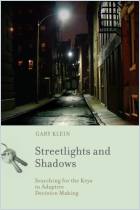






Comment on this summary